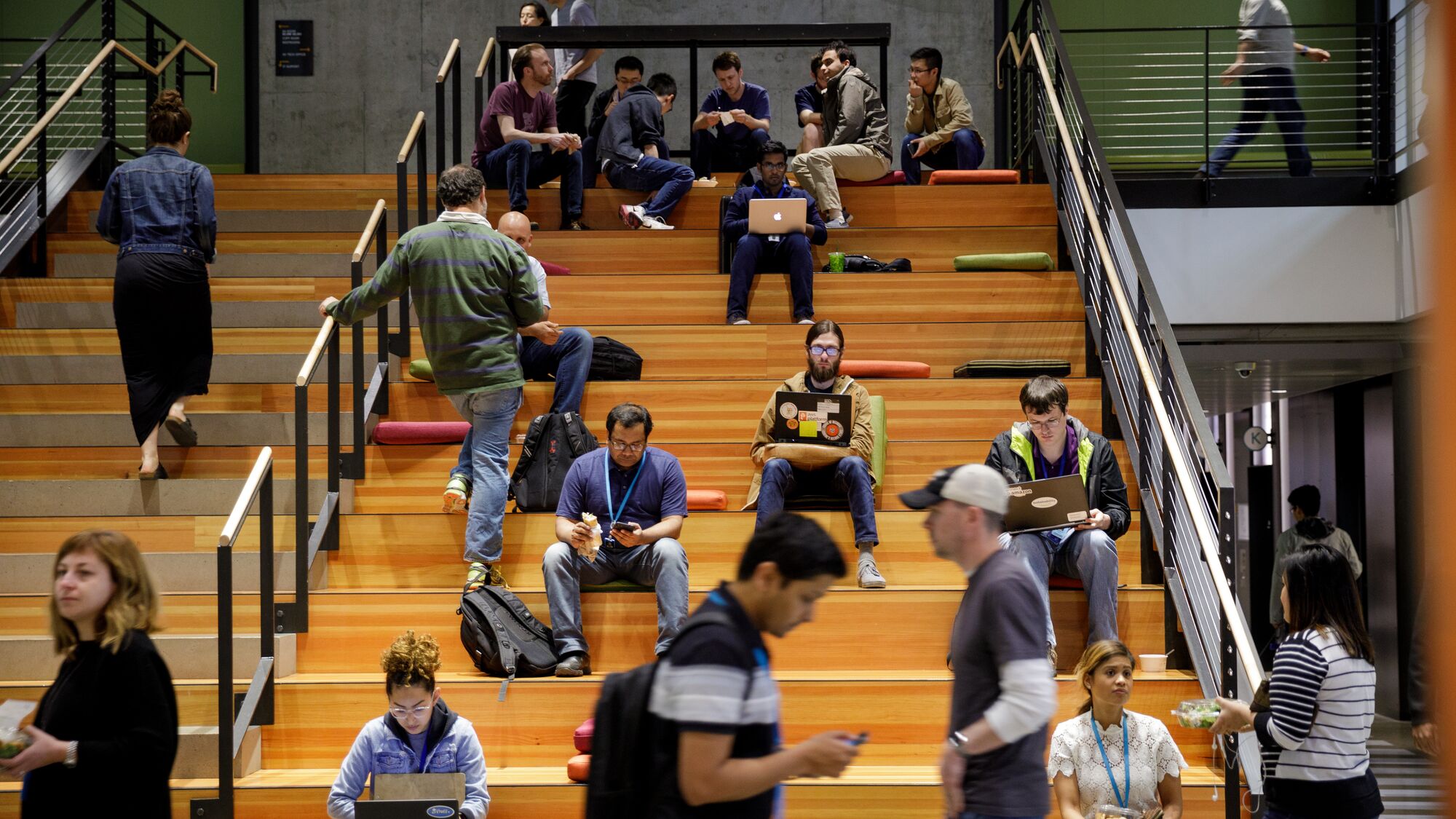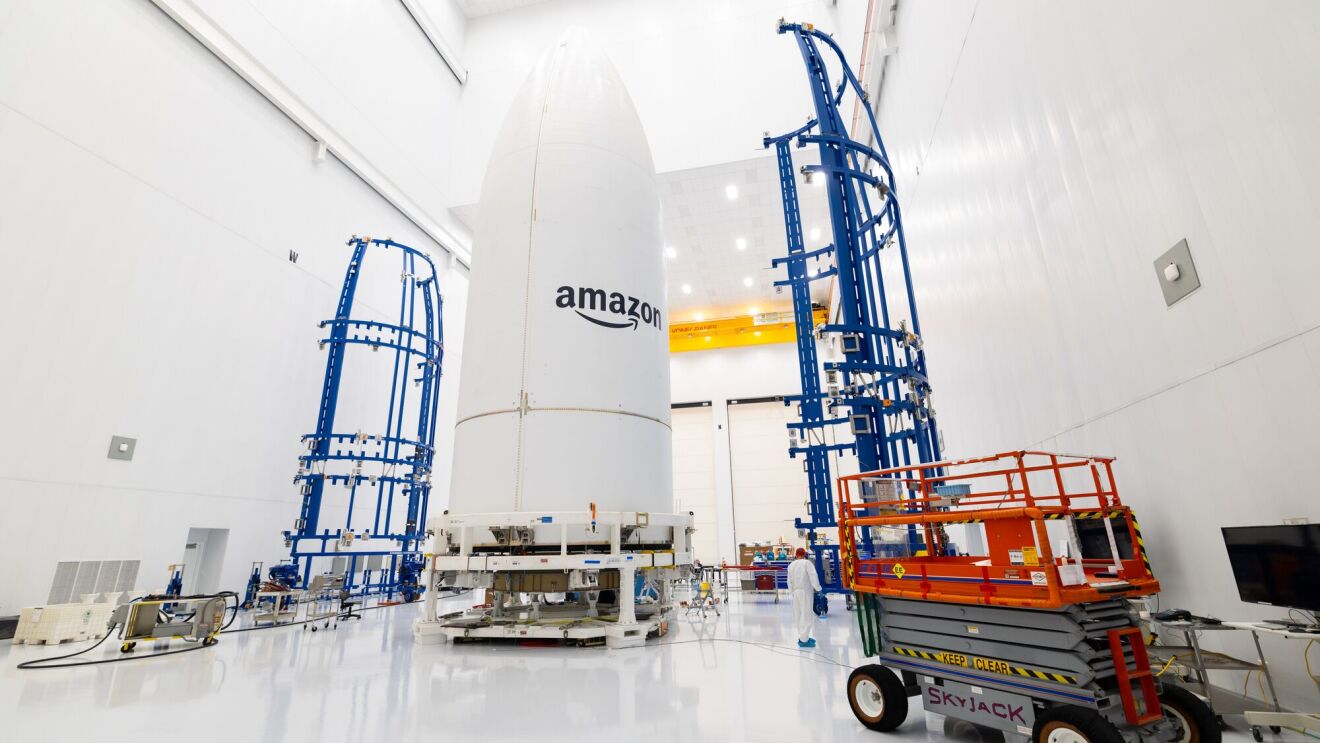In the following excerpt from Amazon CEO Andy Jassy’s latest annual letter to shareholders, he discusses the impact that AI will have on the company, what this means for the customer experience, and what lies ahead as Amazon continues to unlock this technology’s vast potential:
Why is AI so important? Will it really have as much impact as some claim and when?
Generative AI is going to reinvent virtually every customer experience we know, and enable altogether new ones about which we’ve only fantasized. The early AI workloads being deployed focus on productivity and cost avoidance (e.g. customer service, business process orchestration, workflow, translation, etc.). This is saving companies a lot of money. Increasingly, you’ll see AI change the norms in coding, search, shopping, personal assistants, primary care, cancer and drug research, biology, robotics, space, financial services, neighborhood networks—everything. Some of these areas are already seeing rapid progress; others are still in their infancy. But, if your customer experiences aren’t planning to leverage these intelligent models, their ability to query giant corpuses of data and quickly find your needle in the haystack, their ability to keep getting smarter with more feedback and data, and their future agentic capabilities, you will not be competitive. How soon? It won’t all happen in a year or two, but, it won’t take ten either. It’s moving faster than almost anything technology has ever seen.
Generative AI is going to reinvent virtually every customer experience we know, and enable altogether new ones about which we’ve only fantasized. The early AI workloads being deployed focus on productivity and cost avoidance (e.g. customer service, business process orchestration, workflow, translation, etc.). This is saving companies a lot of money. Increasingly, you’ll see AI change the norms in coding, search, shopping, personal assistants, primary care, cancer and drug research, biology, robotics, space, financial services, neighborhood networks—everything. Some of these areas are already seeing rapid progress; others are still in their infancy. But, if your customer experiences aren’t planning to leverage these intelligent models, their ability to query giant corpuses of data and quickly find your needle in the haystack, their ability to keep getting smarter with more feedback and data, and their future agentic capabilities, you will not be competitive. How soon? It won’t all happen in a year or two, but, it won’t take ten either. It’s moving faster than almost anything technology has ever seen.
OK, I buy AI is big; but why invest this much this quickly?
Fundamentally, if your mission is to make customers’ lives better and easier every day, and you believe every customer experience will be reinvented by AI, you’re going to invest deeply and broadly in AI. That’s why there are more than 1,000 GenAI applications being built across Amazon, aiming to meaningfully change customer experiences in shopping, coding, personal assistants, streaming video and music, advertising, healthcare, reading, and home devices, to name a few. It’s also why AWS is quickly developing the key primitives (or building blocks) for AI development, such as custom silicon AI chips in Amazon Trainium to provide better price-performance on training and inference, highly flexible model-building and inference services in Amazon SageMaker and Amazon Bedrock, our own frontier models in Amazon Nova to provide lower cost and latency for customers’ applications, and agent creation and management capabilities.
Fundamentally, if your mission is to make customers’ lives better and easier every day, and you believe every customer experience will be reinvented by AI, you’re going to invest deeply and broadly in AI. That’s why there are more than 1,000 GenAI applications being built across Amazon, aiming to meaningfully change customer experiences in shopping, coding, personal assistants, streaming video and music, advertising, healthcare, reading, and home devices, to name a few. It’s also why AWS is quickly developing the key primitives (or building blocks) for AI development, such as custom silicon AI chips in Amazon Trainium to provide better price-performance on training and inference, highly flexible model-building and inference services in Amazon SageMaker and Amazon Bedrock, our own frontier models in Amazon Nova to provide lower cost and latency for customers’ applications, and agent creation and management capabilities.
There is also substantial capital investment required. In AWS, the faster demand grows, the more datacenters, chips, and hardware we need to procure (and AI chips are much more expensive than CPU chips). We spend this capital upfront, even though these assets are useful for many years (in the case of datacenters, for at least 15-20 years). We only start monetizing this capital investment many months after we spend the capital, and over many years—which leads to attractive long-term FCF and ROIC (as people have seen in AWS over the last several years). But in periods, like now, of unusually high demand (our AI revenue is growing at triple digit YoY percentages and represents a multi-billion-dollar annual revenue run rate), you’re deploying a lot of capital. We continue to believe AI is a once-in-a-lifetime reinvention of everything we know, the demand is unlike anything we’ve seen before, and our customers, shareholders, and business will be well-served by our investing aggressively now.
Trending news and stories
- Exclusive sneak peek: Prime Big Deal Days brings holiday savings early on October 7–8
- Prime Big Deal Days 2025: 8 of the best early deals you can shop right now
- Everything you need to know about the ‘Spaceballs’ sequel from Amazon MGM Studios
- Everything to know about ‘After the Hunt,’ starring Julia Roberts, Ayo Edebiri, and Andrew Garfield











